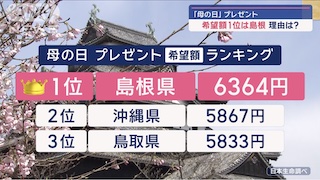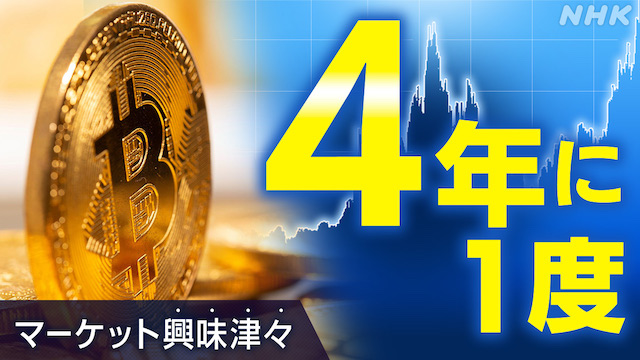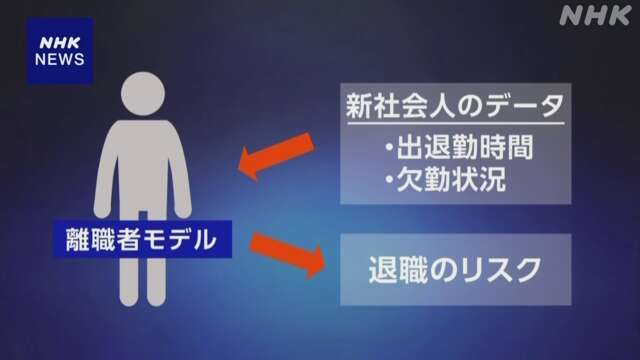Apr 11 (News On Japan) - Bitcoin forks are a crucial aspect of the cryptocurrency market, often sparking debates and influencing investor decisions.
Understanding the concept of forks, their types, and their implications for investors is essential for navigating the complex world of cryptocurrency investing. For in-depth analysis and insights into Bitcoin forks and their implications for investors, visit fbc-edge.org for valuable resources and guidance.
What Are BTC Forks?
Bitcoin forks are a fundamental aspect of the cryptocurrency's evolution and ecosystem. In simple terms, a fork occurs when a blockchain diverges into two separate paths, often due to changes in the underlying code. This results in the creation of a new blockchain with its own set of rules, while the original blockchain continues to follow its existing protocol.
There are two main types of forks: soft forks and hard forks. A soft fork is a backward-compatible change to the protocol, meaning that nodes running the old software will still accept blocks produced by nodes running the new software. On the other hand, a hard fork is a non-backward-compatible change, requiring all nodes to upgrade to the new version of the software to continue participating in the network.
Bitcoin has experienced several forks throughout its history, with some of the most notable ones being Bitcoin Cash (BCH) and Bitcoin SV (BSV). These forks were driven by disagreements within the community regarding the direction of the Bitcoin protocol, leading to the creation of separate cryptocurrencies with their own unique features and characteristics.
Types of BTC Forks
Accidental forks occur when two miners find a block at nearly the same time, leading to a temporary split in the blockchain. However, these forks are typically resolved quickly as the network converges on the longest chain.
Planned forks, on the other hand, are deliberate changes to the Bitcoin protocol that are introduced by developers. These forks can be further categorized into soft forks and hard forks based on their impact on the network.
Soft forks are backward-compatible changes that tighten the rules for valid blocks, making previously valid blocks invalid. This means that nodes running the old software can still accept blocks produced by nodes running the new software.
Hard forks, on the other hand, are non-backward-compatible changes that loosen the rules for valid blocks, making previously invalid blocks valid. This requires all nodes to upgrade to the new software to continue participating in the network.
Each type of fork has its own implications for the Bitcoin network and its users. Soft forks are generally seen as less disruptive since they require a lower level of consensus among network participants. Hard forks, on the other hand, can be more contentious as they require a higher level of consensus and can result in the creation of a new cryptocurrency.
How Forks Affect Investors?
Forks can have a significant impact on Bitcoin investors, influencing the value of their holdings and the overall dynamics of the cryptocurrency market. One of the primary ways forks affect investors is by creating a new cryptocurrency that holders of the original Bitcoin are entitled to claim.
For example, when Bitcoin Cash was forked from the Bitcoin blockchain, holders of Bitcoin at the time of the fork received an equivalent amount of Bitcoin Cash. This meant that investors who held Bitcoin before the fork suddenly found themselves with a new asset in their portfolio, which they could choose to hold or sell.
Forks can also affect the value of Bitcoin itself, as they can lead to increased volatility and uncertainty in the market. Investors may choose to buy or sell Bitcoin in anticipation of a fork, leading to price fluctuations in the days and weeks leading up to the event.
Additionally, forks can impact the overall perception and adoption of Bitcoin. Controversial forks, such as the Bitcoin Cash and Bitcoin SV forks, have led to debates within the cryptocurrency community about the direction of the Bitcoin protocol and its governance.
Investing Strategies Around Forks
When it comes to investing in Bitcoin forks, there are several strategies that investors can consider to maximize their returns and minimize their risks. One common strategy is to hold onto your Bitcoin before a fork occurs, as this will entitle you to an equivalent amount of the new cryptocurrency when it is created.
Another strategy is to buy Bitcoin leading up to a fork, as this can lead to an increase in demand and a subsequent rise in the price of Bitcoin. However, this strategy carries risks, as the price of Bitcoin can be highly volatile in the days and weeks leading up to a fork.
Alternatively, investors can choose to sell their Bitcoin before a fork occurs, as this can allow them to lock in their profits and avoid the potential risks associated with holding onto Bitcoin during a fork. However, this strategy also carries risks, as the price of Bitcoin can continue to rise after a fork occurs.
In conclusion, Bitcoin forks play a significant role in shaping the cryptocurrency market, impacting both the value of Bitcoin and the overall dynamics of the industry. As investors continue to navigate this ever-changing landscape, understanding how forks work and their potential implications is crucial for making informed investment decisions in the world of cryptocurrency.















